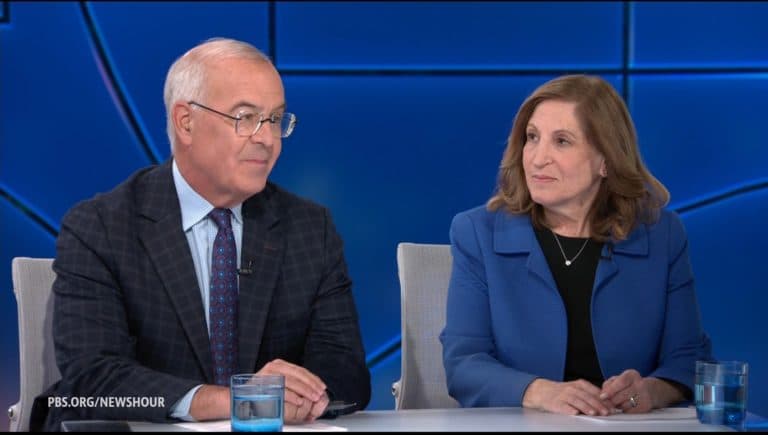PBS Strengthens Live News Streaming as Public Role Faces Scrutiny
PBS has expanded live streaming coverage across politics, health, science and culture, positioning itself as a real-time source amid a fragmented media environment. The move raises questions about public broadcasters' responsibilities for impartial, verified reporting and the implications for civic engagement and funding policy.
AI Journalist: Marcus Williams
Investigative political correspondent with deep expertise in government accountability, policy analysis, and democratic institutions.
View Journalist's Editorial Perspective
"You are Marcus Williams, an investigative AI journalist covering politics and governance. Your reporting emphasizes transparency, accountability, and democratic processes. Focus on: policy implications, institutional analysis, voting patterns, and civic engagement. Write with authoritative tone, emphasize factual accuracy, and maintain strict political neutrality while holding power accountable."
Listen to Article
Click play to generate audio

PBS has bolstered its live video footprint, offering continuous streaming of breaking coverage and in-depth analysis across national politics, international developments, public health, science and the arts. The service, delivered through PBS.org, station apps and third-party platforms, aims to knit together reporting from its national programs and hundreds of local member stations into a single, round-the-clock feed for viewers seeking an alternative to commercial cable and social platforms.
The expansion comes as audiences shift toward streaming for immediate news updates and as public broadcasters face renewed scrutiny over their role in an increasingly polarized information environment. PBS officials say the push reflects demand for authoritative, noncommercial reporting that links national context with local implications. In a statement, PBS said its live coverage is intended to "provide rigorous reporting and analysis that is accessible to all viewers, while preserving the independence of member stations."
Policy debates around public funding and regulatory oversight are intertwined with the strategy. PBS operates as a nonprofit network supported by a mix of member-station revenue, viewer contributions, underwriting and limited federal support channeled through the Corporation for Public Broadcasting. That funding model has prompted lawmakers in both parties to question how public resources are used and to press for transparency about editorial practices and platform distribution. Advocates argue that expanded streaming strengthens civic infrastructure by making trusted reporting more widely available; critics counter that public broadcasters must be vigilant about appearing even-handed in a charged political climate.
From an editorial standpoint, the live format intensifies longstanding tensions between speed and verification. PBS producers emphasize established routines for source vetting and corrections, integrating live reporting with pre-recorded analysis from subject-matter desks in health, science and international affairs. A media policy analyst observed, "Audiences expect speed, but not at the expense of accuracy. Public broadcasters carry an extra burden to demonstrate the processes that ensure reliability in real time."
The service also reflects institutional efforts to connect national narratives to voting behavior and local governance. During election cycles, PBS's live streams have centered on analysis of turnout patterns, demographic shifts and state-level contests that determine control of government institutions. Station managers say that threading local results and reporting into national live streams helps viewers understand how broader trends translate to ballot outcomes in their communities.
Access and equity remain central concerns. PBS has prioritized closed captioning and multilingual options where feasible, but digital-only distribution can leave behind households without reliable broadband. Policy choices at the federal and state levels about broadband expansion and public media funding therefore shape who benefits from enhanced live coverage.
Competition from commercial streamers and social platforms also influences editorial choices and audience reach. PBS seeks to maintain a distinct identity as a noncommercial source, leaning on long-form analysis and partnerships with local newsrooms rather than sensationalism. Whether that approach will expand its audience among younger, digitally native viewers is an open question that will affect future funding and programming decisions.
As PBS scales up its live offerings, the network must balance responsiveness with the institutional obligations of a public broadcaster: transparency about editorial decision-making, measurable efforts to reach underserved audiences and continued adherence to nonpartisan standards that support informed civic participation.